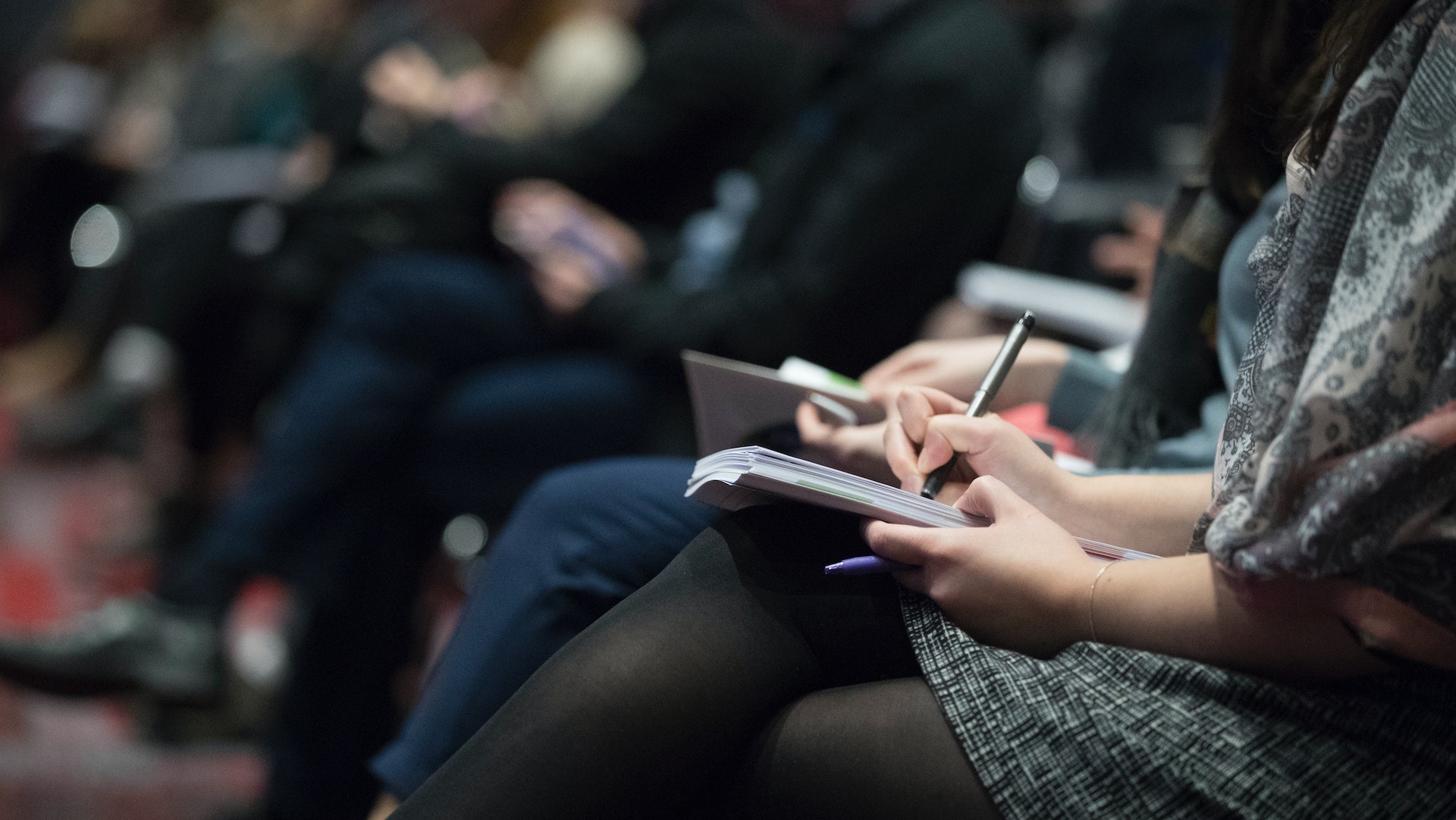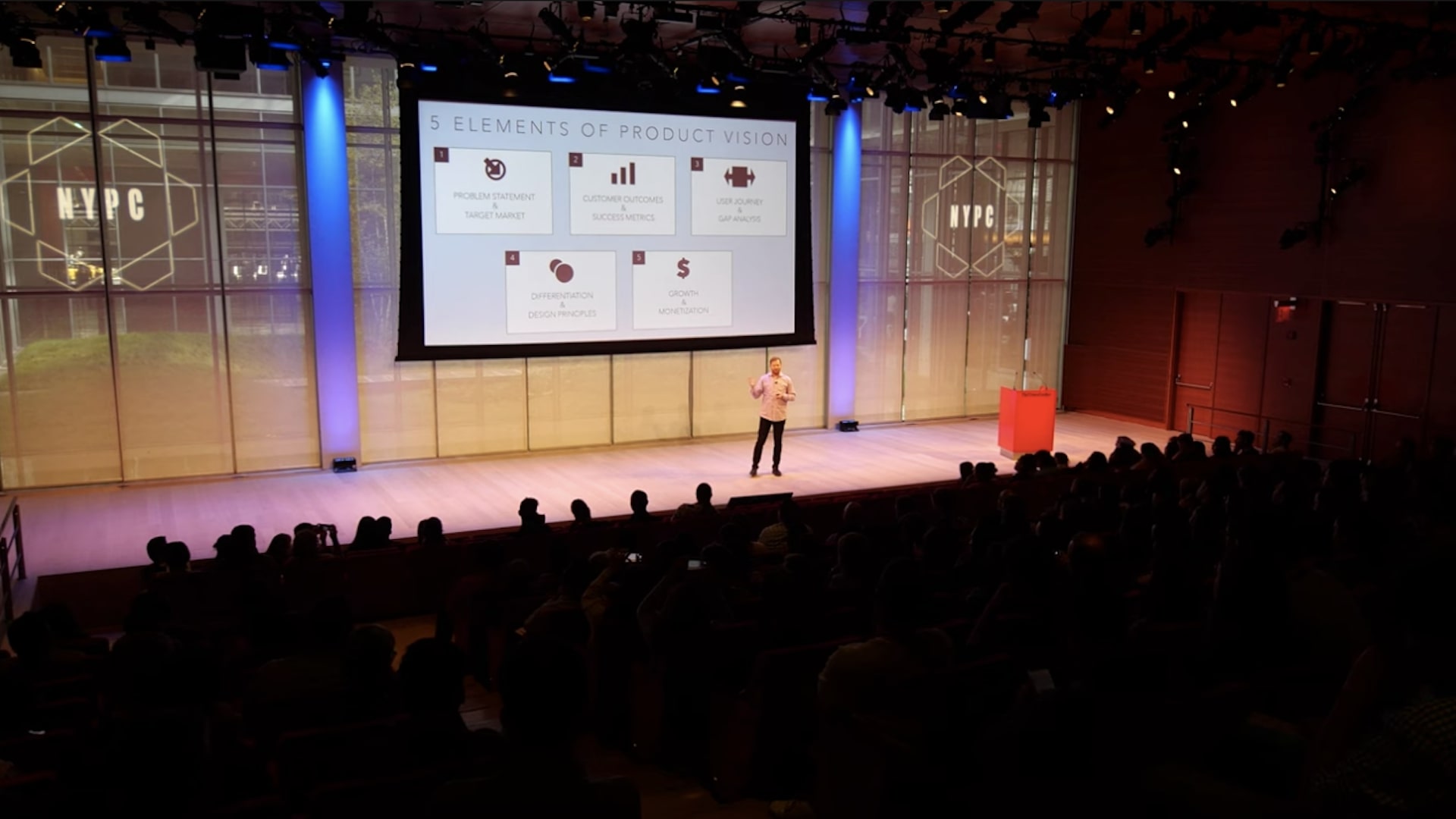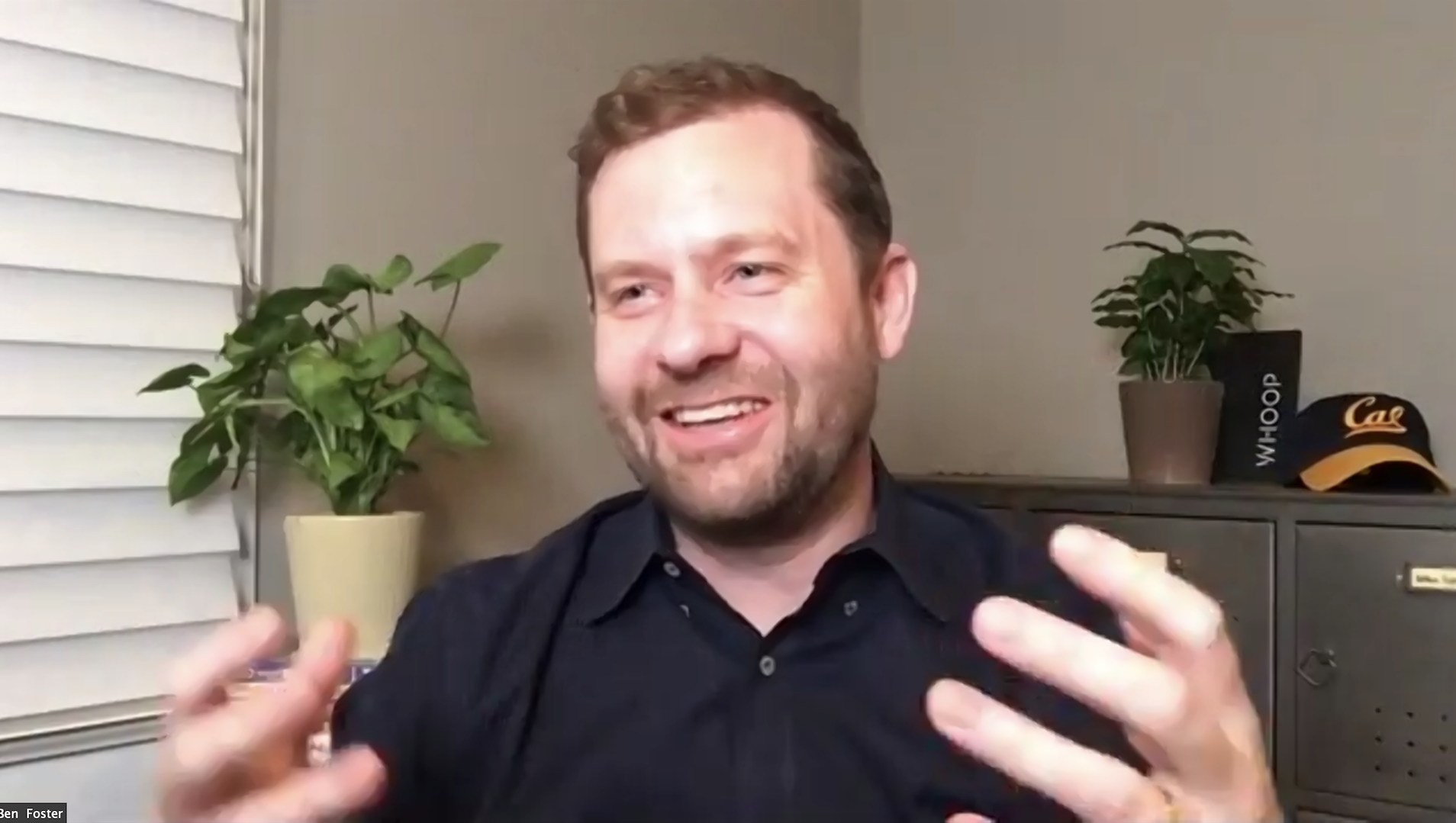When I worked for daily newspapers, I spent most days interviewing people. Chief executive officers, people on the street, parents, teachers, kids, victims of crime, and sometimes criminals too. The world of journalism is one long series of interviews. Some interviews were more difficult than others, but I always knew when I got it — that perfect story that crystallizes an experience, or the quote that I knew would lead the way. But getting those golden little nuggets that mean the difference between a story that connects with readers and one that doesn’t was no accident. It took years of practice, learning, and, yes, falling flat on my face.
In journalism, interviewing is one third of the job — the punctuation to the other two parts, researching and writing. But interviewing is perhaps the most important. Why? Because without interviews you don’t have a story. Have you ever read a news article without quotes? It can be painful. We want to hear people’s words. We need people’s stories to do our job. They bring issues to life, help us understand and empathize, and reflect our world back to us. We remember other people’s stories. And while stories can be powerful, they’re nothing without interviews to ground them.
As it happens, journalism and UX research crossover here. Interviewing people is an integral part of UX research. You need to drill down and understand someone’s experience with a product or service. You’re helping people feel heard. You’re trying to understand people’s pain points or what’s motivating them, so you can serve them better. But sometimes, we don’t approach research the right way. We engage in what UX researcher Indi Young calls “research theatre.” Interviews can be a big part of that. You lob a question in the direction of the person you’re interviewing and hope they co-operate and answer it.
I am not a UX researcher, but I’ve been learning about our UX practice at Zeitspace and I’ve been really interested in some of the overlap between UX and journalism. I’ve also been a journalist for nearly 20 years and interviewed thousands of people (that is not an exaggeration). And I know that there’s a better way than just asking a question and hoping for the best. Here are some of the interviewing tips and advice that have worked for me. Some of these might be common sense, some might surprise you, but all (I hope) will be helpful.
Get better responses with simple questions
Reporter Joshua Johnson did a webinar with Poynter’s NewsU where he said that interviews are really the art of guiding a conversation. We all need responses that matter, that dig deep and go beyond surface answers. It’s how journalists tell meaningful stories. But some people are just not great conversationalists. When you’re interviewing people like that, keep your questions short and simple. Don’t pad your question with a long explanation because it can confuse the person you’re interviewing. UX researcher Steve Portigal also encourages asking simple questions in his interview guide.
Small talk is important
Don’t rush to start the interview as soon as introductions and (virtual) handshakes are over. You’re not wasting time with small talk before the interview officially begins. It’s an investment in the process. Not only does small talk help put the person at ease, it’s also a good time for them to see you as a person rather than your job. It also gets them used to talking to you (instead of just focusing on answering questions). You’ve probably been to a workshop that began with an ice breaker that’s designed to ease anxiety and give you the confidence to participate. Small talk is the same thing. You’re trying to create a safe space for the person you’re interviewing and that starts with signalling to them that you’re interested in more than just getting your questions answered.
Have empathy
Everyone I’ve ever interviewed, from chief executives to someone on the street, is worried about two things: Sounding silly and saying the wrong thing. If you remember that, it goes a long way to both how you approach the interview and the person. Approach interviews with compassion and sincerity and you’ll find people respond well to both. Often I’ll ease people’s worry about how they sound by summarizing what I heard. This reassures them that they don’t sound silly and that you’re listening. It may also trigger a memory or another story that they want to share. But mostly it helps people feel in control and also gives them a chance to clarify their answer if what you heard wasn’t quite right. If you make people feel comfortable and in control, you’ve created a safe space that lets people share their experience without worrying about how they sound.
Framing questions
How you frame questions is a huge part of interviewing. The success of your interview will live and die with how you ask a question. The best thing you can do is to keep questions simple. Don’t pile questions together — ask one question at a time. Don’t ask questions in a way that encourages a yes or no only response. And don’t answer the question as you’re asking it. (“Was it frustrating when this happened?” “Tell me about what your experience has been like. Has it been good? Bad?”) At the same time, don’t ask questions that are too big and impossible for people to answer. (“In a perfect world, what would you like to see happen?” Uh, world peace anyone?) Here’s the truth: People genuinely want to answer your questions in a helpful way. But when we ask more than one question at a time, or ask a question that’s really long and unclear, or ask big and impossible questions, people don’t know how to help us and they start worrying that they’re not giving us what we need. Then their responses become confusing because they’re trying to unravel our question while answering it at the same time. Set people up for success with simple straightforward questions.
Encourage people to tell you a story
When I covered education, more often than not I’d have to interview kids, which can be difficult. I’d trudge back to the newsroom, open up my notebook to start writing my story and realize I didn’t have any solid quotes. While I’ve heard more than one journalist say, “Ugh, interviewing kids is the worst” what we really mean is that kids are tough interviews. That’s because they cast a harsh light on our worst interviewing habits. They rarely give you more than what you asked for in an interview. If you ask a closed question, kids will give you a closed answer. It’s not that they don’t want to help, it’s just that they’ve learned to simply answer the question that’s asked and wait for the next one. When you interview kids a lot, you learn pretty quickly that the key to getting great responses is to ask them to tell you a story. (“Tell me about the last book you read.”) Ask a kid to tell you a story and watch their eyes light up and their responses become animated. Kids are natural storytellers. If you’re stuck in an interview, ask the person you’re interviewing to tell you a story. It’s a powerful interviewing technique.
Silence is golden
Every young journalist learns pretty quickly that “silence is golden” in an interview. People are generally uncomfortable with silence and will rush to fill in the gap. Instead of rushing to ask the next question, let the silence hang in the air. The person you’re interviewing will fill in the gap, often adding valuable information. Why? Because we all have a script of how we think or want to answer a question, but that silence encourages unscripted responses. It also gives the person being interviewed time to think about what they said and add information they maybe forgot the first time. When you don’t give the other person room to breathe between questions your interview quickly starts to feel like an interrogation. Not exactly a great way to get the person you’re interviewing to open up.
Don’t over prepare
When you over prepare you tend to lose your curiosity and won’t ask or encourage people to tell you more because you already know all there is to know. I treat the people I’m interviewing as the experts. I’m there to learn from them. If I over prepare, then I either don’t ask curiosity questions (“Really? Tell me more about that.”) or I go into the interview with too many assumptions based on what I’ve learned on my own and leave questions that could lead to great stories on the cutting room floor. That’s not to suggest you shouldn’t prepare for an interview. Look up the facts you need to know, but leave the interview questions focused on stories or experiences that you can’t capture through a simple Google search. That involves some preparation: You want to know enough background to ask about their experiences but not so much that when they’re telling you a story you lose your sense of curiosity about it. Have you ever tried to tell someone a funny story that they’ve already heard? They don’t find it funny and you may feel self conscious about telling a story the next time. Over preparing for an interview can quickly kill the mood.
Dealing with people who aren’t as open as you want them to be
I don’t approach interviews as confrontations (unless, of course, the story demands it, which is rare). Instead, I try to approach interviews with the belief that people want to help me out and want to make sure they’re sharing accurate information. So I try to think about how I’m framing questions: Is my question setting the person up for success? That is, is it simple and direct enough to let them share the information they have with me? If someone is being hostile it’s likely that what they’re really feeling is frustrated. Sometimes the best thing to do when someone is feeling frustrated is to shut up and listen to understand where their frustration is coming from.
Don’t always stick to the script
Have you ever watched an interview on television where the person said something you really wanted to know more about but the interviewer just moved on to the next question? You can tell the interviewer is more interested in asking their questions than listening to what the person is saying. It’s important to prepare for interviews with a list of questions but it’s also important to follow up when someone says something that piques your interest. I can’t tell you how many stories I’ve landed just by following up on some off-handed comment the person I was talking to made. Curiosity is a journalist’s calling card, but it’s a researcher’s too. So yes, have your list of questions, but approach the interview with curiosity.
Don’t treat people as interview subjects
When the interview is over, I rarely leave without offering the person a way to follow up with me — either my email or cell number. And I encourage them to get in touch if they later discover they forgot to mention something or just want to follow up. It helps create goodwill and shows them that I’m not going to disappear after I have what I need. Sometimes people will reach out afterward and share nuggets I never even thought to ask, or a link to information they thought I may find helpful, or they want to clarify something they said. It’s always helpful (and respectful to the person you’re interviewing) to give them a way to contact you and keep the conversation going if that’s what they wish.
When it comes to interviewing people, the truth is it’s a skill that I still work on today. As many interviews as I have under my belt, I’m still learning and trying something new to see what works best. Remember, you’re interviewing people — not robots — so your techniques will change as the people you’re speaking to change too. But if you remember that people are worried about how they’ll come across, you’ll frame your questions in a way that sets you and the person you’re interviewing up for success.





